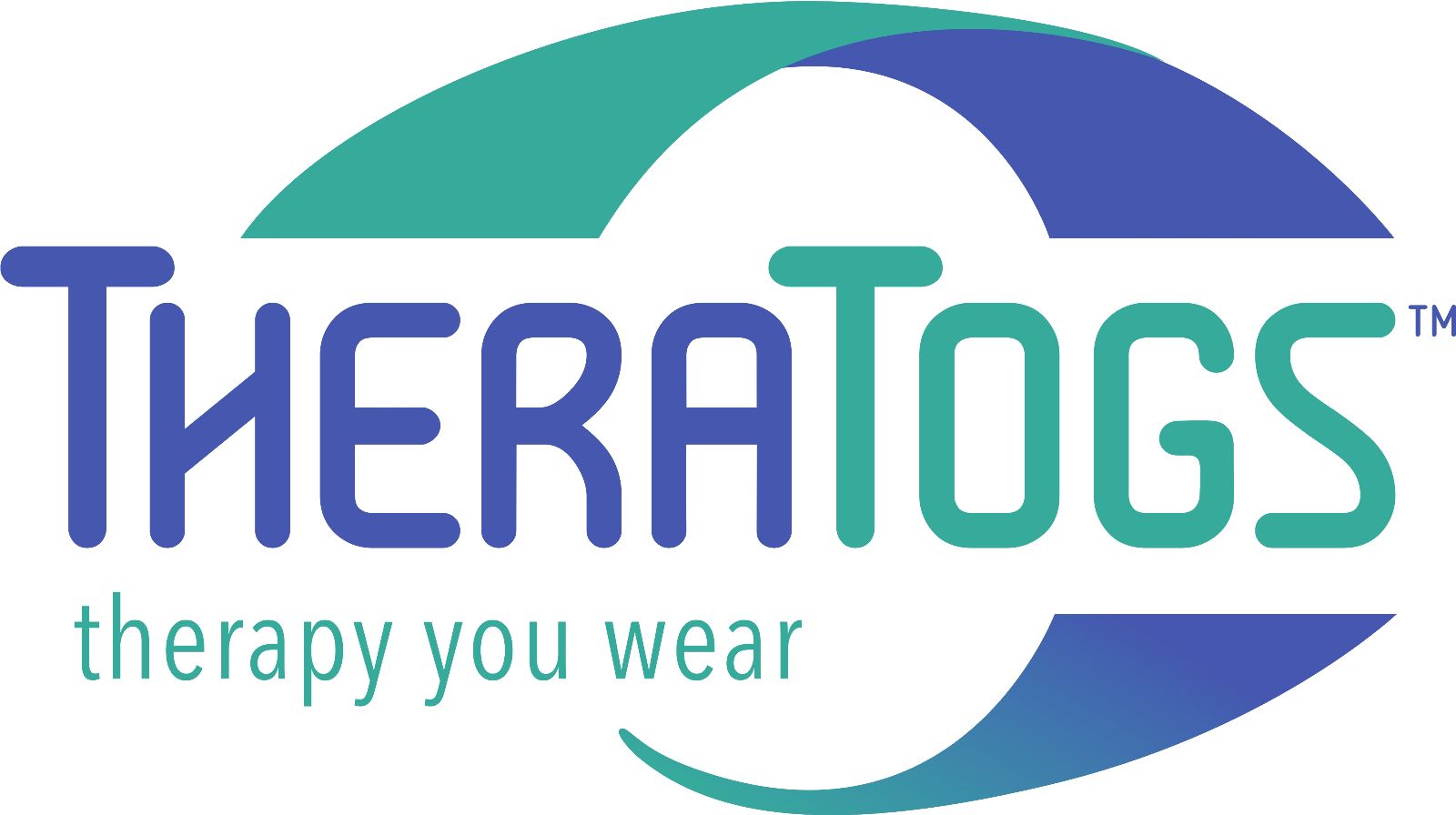
Wunzi Infant System

TheraTogs ULTRA Wunzi XSmall



The new Wunzi: Easy to apply, simple to use - an essential early intervention modality for infants with sensory and motor development deficits.
|
|
|
 |
 |
 |
Tabbing down 2 “butt-tucks” strengthens the lower attachment site on the garment. |
 |
Lumbar extension strap applied using a tab sideways. After tabbing down the tucks, cut off excess strap length for optimum tension. |

Recommended Systems for Specific Clinical ObjectivesClinical ObjectiveRecommended System
Flexion and Hip Lateral Rotation Assist WunziHip Abduction control with lateral rotationWunzi + Limb KitHip Extension with Hip Abduction and Lateral Rotation (6 to 24 months)Wunzi + Limb KitHip Extension with Hip Abduction and Lateral Rotation (birth to 6 months)WunziIliopsoas Muscle AssistWunzi + Limb KitLumbar Extension with Hip Flexion, Abduction & Lateral RotationWunzi + Limb KitShorten and Assist Abdominal Muscles: Position and sensory awarenessWunziSpinal Extension Assist (birth to 6 months)WunziSpinal Extension Assist w/ abdominal strapping (6 to 24 months)Wunzi + Limb KitSpinal FlexionWunziSpinal Flexion with an abdominal assist Wunzi + Limb KitStabilize Scapula w/ Upper trunk extension (6 to 24 months) Wunzi + Limb KitStabilize Scapula w/ Upper trunk extension (birth to 6 months)Wunzi
You May Need a Limb Kit When:
-Developmental milestones become more complex
-Distal fine tuning of limbs is needed (core/trunk milestones are met)
-Integrative and intensive therapy program is matched with developmental milestones
-The child sits independently, but additional strapping options are needed to meet position and
control objectives.
You Probably Need a Limb Kit When:
-Sitting, crawling and rolling milestones are progressing quickly and the therapist requires
different control or positional strap lengths
-A multifunctional team (PT, OT, SP) is working with the child with separate therapy goals.

|
WHAT ARE THERATOGS? HOW DO THEY WORK? TheraTogs are specialized undergarments and straps customized for your patient to create a live-in system that provides either neuromotor or postural training, or prolonged proprioceptive input. For patients with biomechanical or neuromotor issues, TheraTogs work by allowing the clinician to set the patient’s body in proper functional alignment, and letting them re-train their body through the ‘practice’ of daily activities. By applying prolonged, gentle forces during activity, TheraTogs can actually change the muscle and connective tissue – and for infants and young children, bone and joint development as well – in favor of better function and better alignment. |
| For patients with sensory and sensorimotor issues, TheraTogs work by applying consistent, gentle compression and proprioceptive input across the entire trunk, and by offering stability and support in a dynamic system that moves with the patient. |
|
Using TheraTogs as ‘wearable therapy’, your patient can gain the experience and the benefits of an all-day clinical therapy session. This is what we mean when we tell clinicians they can “send their hands home” with TheraTogs. Rather than receive only 1 to 3 hours of therapy per week, the typical TheraTogs client receives up to 16 hours of wearable therapy every day. |
Today there are five primary TheraTogs models used by occupational therapists:

